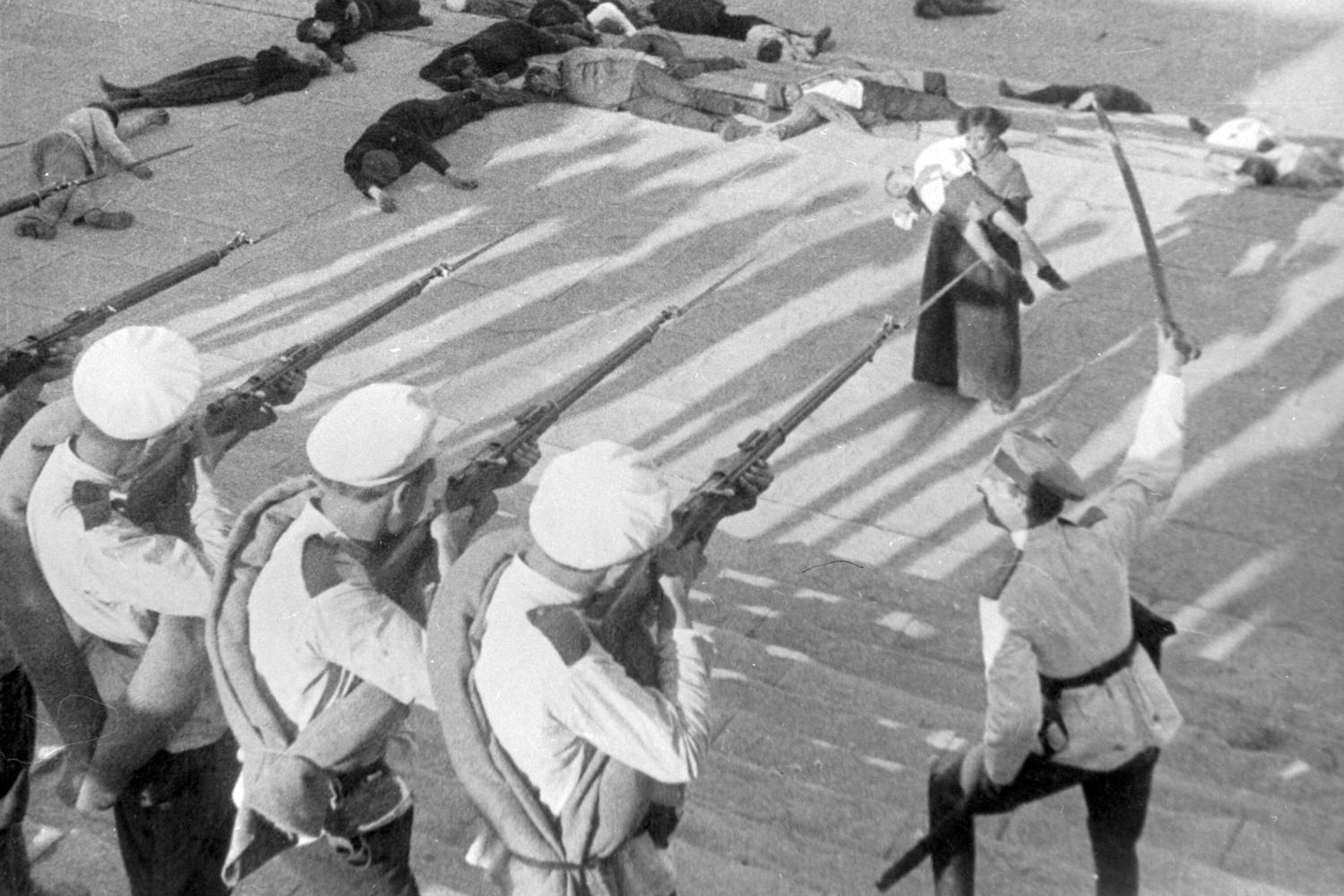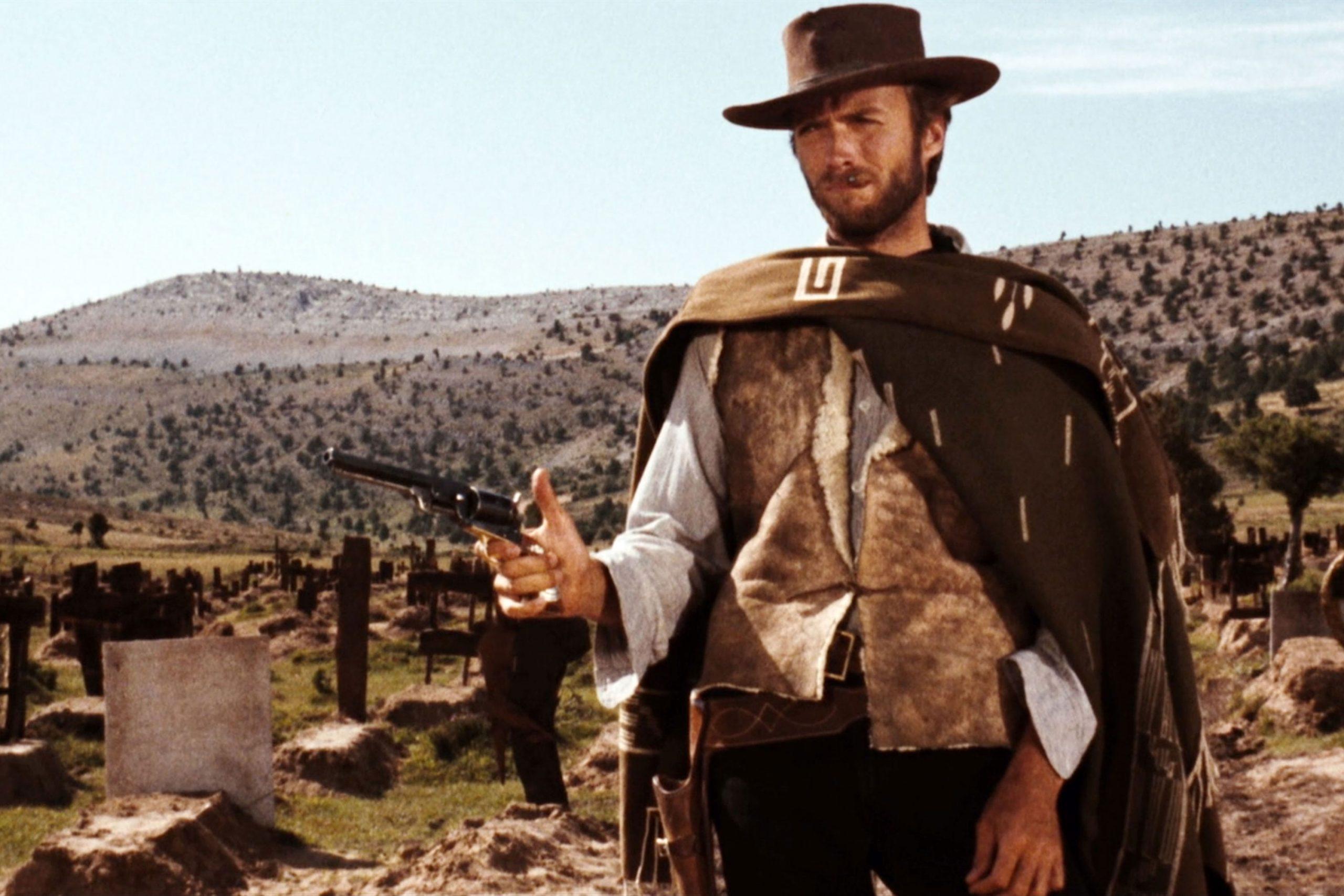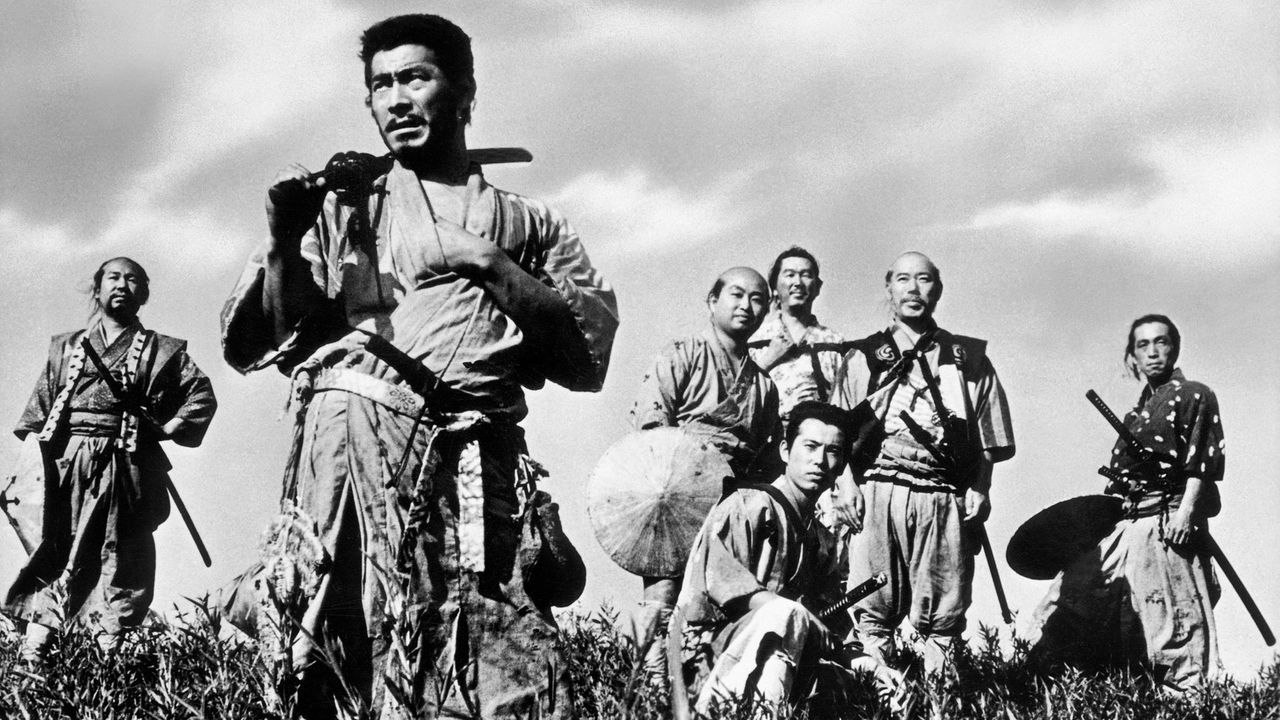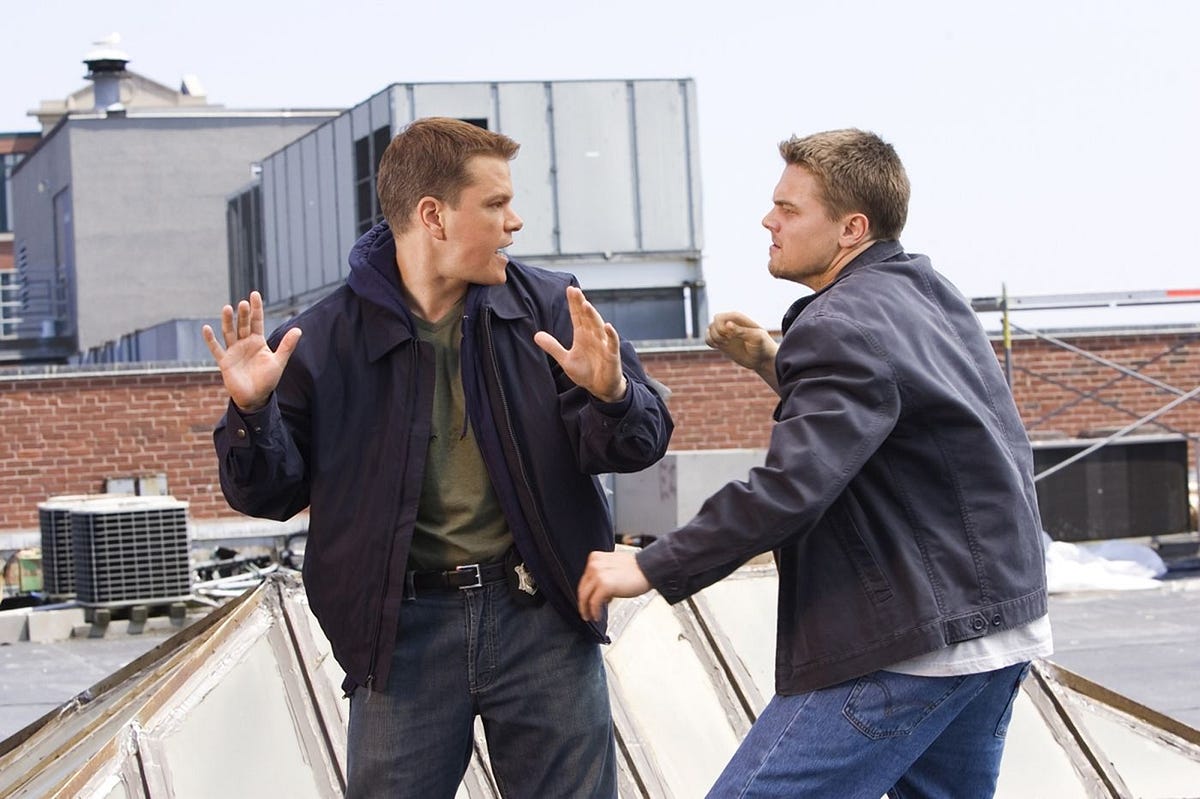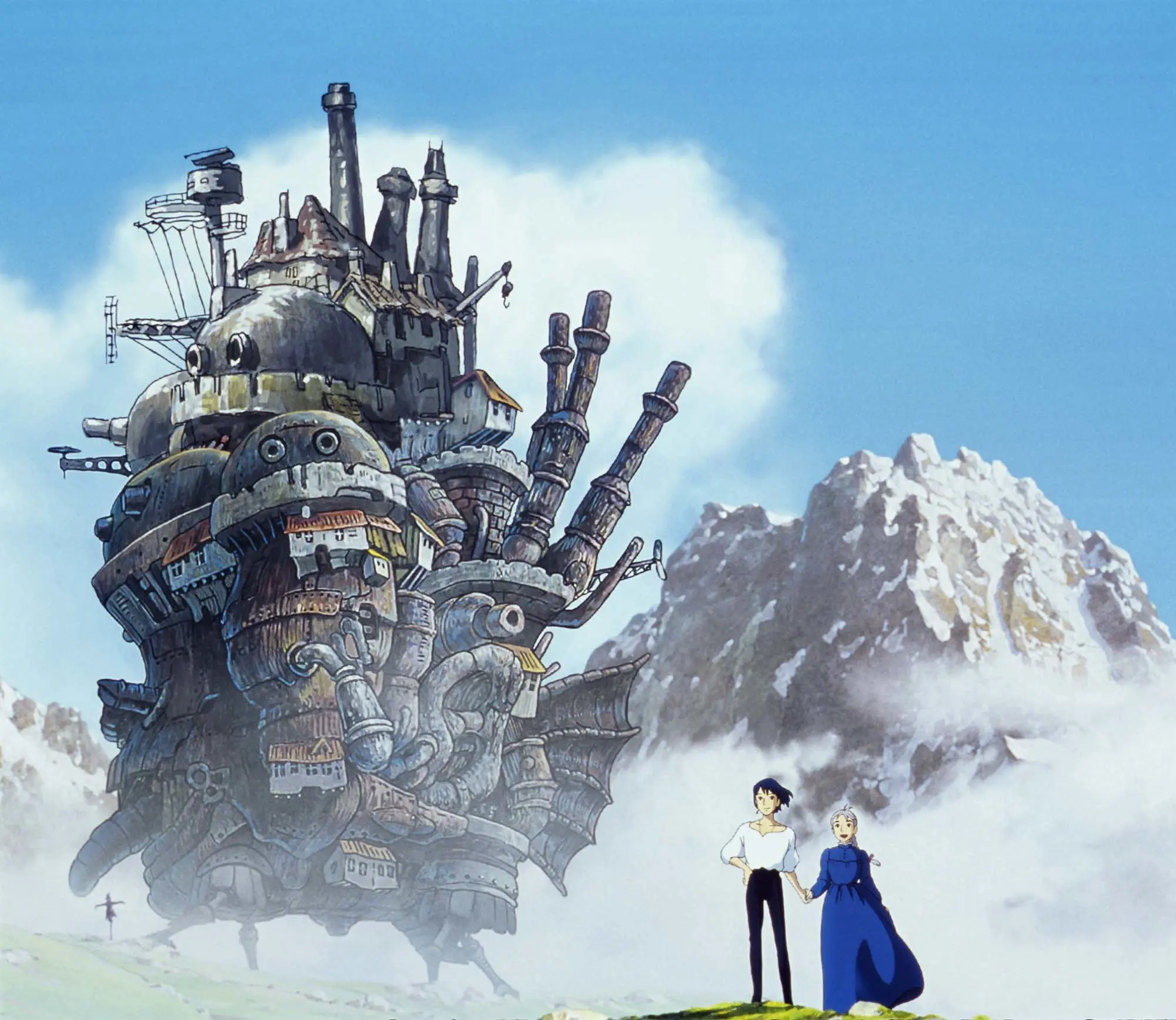Stanley Kubrick’s 2001: A Space Odyssey is an epic science fiction journey that follows a voyage to Jupiter sparked by the discovery of a mysterious monolith. Blending minimal dialogue with groundbreaking visual effects and a meditative narrative, the film challenges viewers to explore themes of human evolution, artificial intelligence, and the unknown.
Why is 2001: A Space Odyssey a Classic?
Regarded as one of the most influential films ever made, 2001: A Space Odyssey revolutionized cinematic storytelling through its pioneering visual effects and ambiguous, thought-provoking narrative structure. Its meticulous production design, use of classical music, and open-ended exploration of existential themes continue to inspire filmmakers and captivate audiences today(AI), setting a high bar for the science fiction genre.
Discussion Questions
- Film Technique: How does Kubrick’s innovative use of visual effects and framing—particularly in the “Stargate” sequence—enhance the film’s portrayal of cosmic mystery? Discuss a specific moment where these elements are especially effective.
- Genre/Cultural Context: 2001: A Space Odyssey redefined science fiction with its minimal dialogue and profound imagery. How do these stylistic choices contribute to its exploration of human evolution and the unknown, and in what ways do they influence modern sci-fi storytelling?
- Classic Status: One of the film’s most iconic lines comes from HAL 9000: “I'm sorry, Dave, I'm afraid I can't do that.” What significance does this quote hold within the film’s exploration of artificial intelligence and human-machine relationships?
- Personal Response: Did you enjoy 2001: A Space Odyssey? Why/Whynot?


